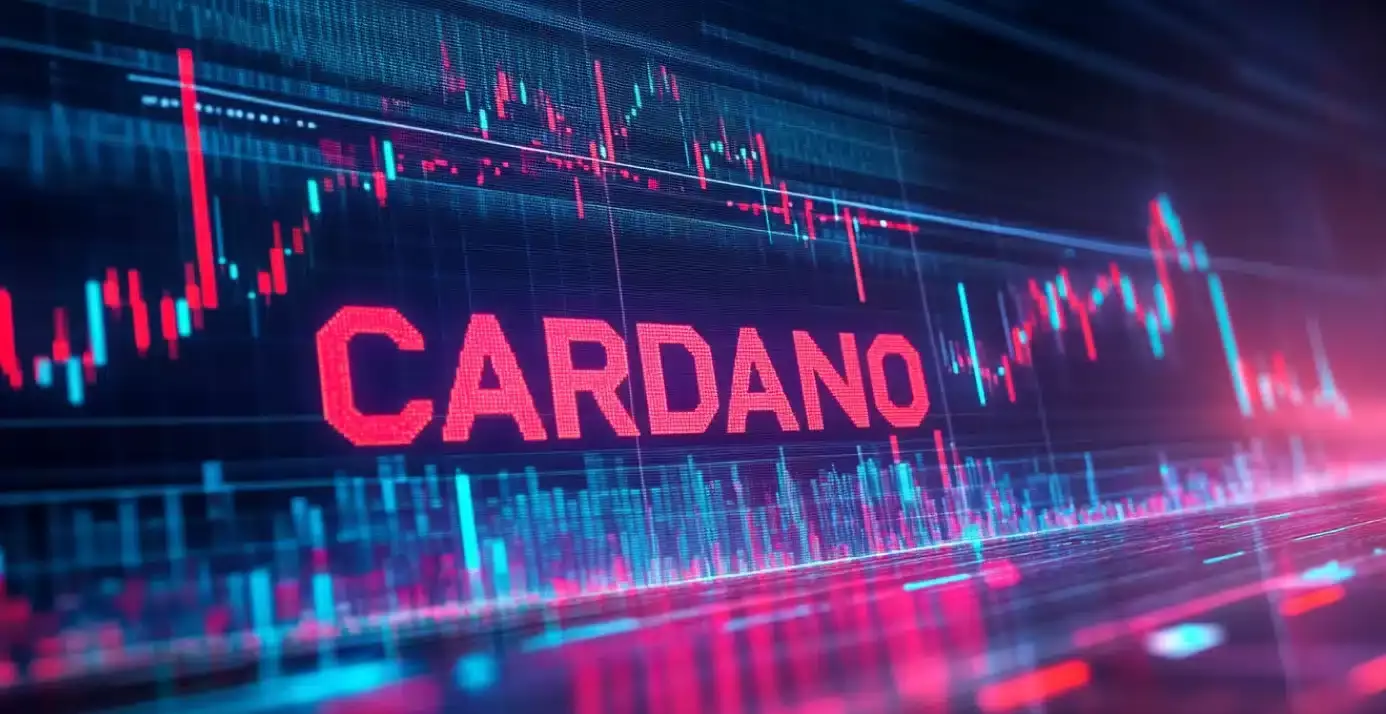Cardano, a prominent player in the cryptocurrency space, has faced significant challenges as it experiences a substantial decline in value. Recently, the ADA token plummeted to $0.70, representing a staggering 47% drop from its peak price in December of the previous year. This downturn isn’t isolated; rather, it’s indicative of a broader trend affecting not just Cardano but a host of altcoins within the market, raising concerns about investor sentiment and future prospects.
The precipitous drop in Cardano’s valuation reflects broader issues within the cryptocurrency market, with many assets trending downwards. For instance, Polkadot and Chainlink are also feeling the strain, with losses of over 60% and 40% from their December highs, respectively. This wave of declines is happening at a time when the crypto fear and greed index has slipped into “fear” territory, sitting at 35. A high level of anxiety among investors typically leads to market sell-offs, causing many to remain inactive, indicative of a lack of confidence in the market’s short-term recovery.
Cardano’s struggles are further compounded by its ecosystem’s performance. Recent data from DeFi Llama indicates that the total value locked (TVL) in Cardano’s decentralized finance ecosystem has decreased to $350 million, which positions it behind lesser-known blockchain alternatives like Mantle and Zircuit. This relatively low TVL highlights a critical weakness in Cardano’s capacity to attract both projects and funds, casting doubt on its long-term viability in the increasingly competitive cryptocurrency landscape.
Moreover, Cardano’s market cap barely registers in the stablecoin segment, showing only $22.48 million. This figure pales in comparison to competitors like Tron and Ethereum, suggesting that Cardano has not capitalized on the stablecoin trend, which could be a vital revenue source.
In addition to its market pressures, Cardano is facing challenges in terms of revenue generation. The network’s application revenue has been reported at a mere $1,236, which is alarmingly low given its overall valuation exceeding $30 billion. This statistic is particularly concerning, illustrating a potential disconnect between market perception and actual user engagement.
Active user engagement is another critical metric, with Cardano registering only 25,460 active addresses. These numbers raise questions about the network’s usability and attractiveness to developers and investors alike. The limited number of active users could inhibit the ecosystem’s growth prospects, leading to a vicious cycle of declining interest and investment.
From a technical analysis perspective, the recent performance of Cardano paints a troubling picture. The ADA token has consistently closed below significant support levels, notably the 50% Fibonacci retracement level and the crucial 200-day moving average. Such indicators often signal dire trends, and for Cardano, this means that further declines may be imminent. The last week’s low of $0.5597 now serves as a critical point for traders to monitor, as a drop to this level would represent an additional 20% plunge from its current standing.
Cardano’s current challenges are multi-faceted, involving broader market sentiments, underwhelming ecosystem dynamics, revenue generation issues, and concerning technical signals. For the community invested in Cardano, the path forward appears rocky, demanding a renewed commitment to innovation and investor engagement if it hopes to rebound from its significant declines.


Leave a Reply